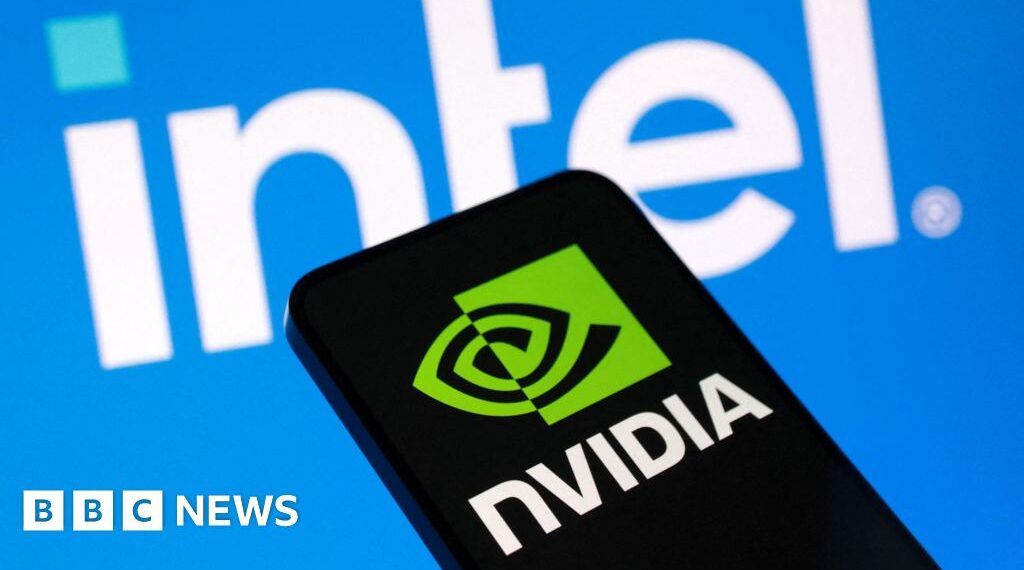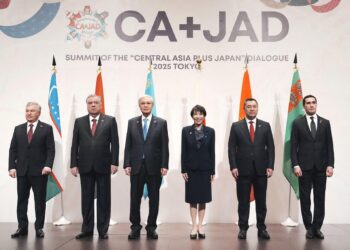SAN FRANCISCO (Realist English). Nvidia will invest $5 billion in its long-time rival Intel as part of a new partnership to co-develop processors for personal computers and data centers, the companies announced Thursday.
Intel’s shares surged 23% to $30.57 on the news, while Nvidia’s stock gained 3.5%. The agreement marks a rare collaboration between two Silicon Valley giants whose rivalry stretches back more than three decades.
The deal comes one month after the U.S. government took a 10% stake in Intel, part of President Donald Trump’s strategy to secure America’s semiconductor supply chain. Under the arrangement, Intel will design custom CPUs for Nvidia’s AI data center platforms and new PC chips. Nvidia will purchase $5 billion in Intel stock at $23.28 per share.
Nvidia chief executive Jensen Huang hailed a “historic collaboration,” describing it as a fusion of “two world-class platforms.” Intel CEO Lip-Bu Tan said the partnership would target a $50 billion market opportunity, with Intel pushing deeper into AI and Nvidia expanding into consumer PCs.
Still, the deal does not commit Nvidia to using Intel’s loss-making foundry business, a core concern for U.S. policymakers. Both companies signaled they will continue to rely heavily on Taiwan Semiconductor Manufacturing Company (TSMC). “You just can’t overstate the magic that is TSMC,” Huang said.
Intel’s foundry unit, losing billions annually, has struggled to attract external clients. Tan has warned that without major customers, Intel may abandon next-generation manufacturing altogether — a move that would leave U.S. companies reliant on TSMC for cutting-edge chips.
The Nvidia-Intel alliance follows other investments in Intel, including SoftBank’s $2 billion purchase of shares last month. Analysts said Nvidia’s stake was less about operations and more about offering a strategic lifeline. “This is not just a lifeline but a strategic alignment that offers Intel a much clearer future,” said Geoff Blaber of CCS Insight.
While the partnership offers Intel breathing space, it leaves open the fate of its manufacturing arm — a business critical to U.S. ambitions for technological sovereignty.


















